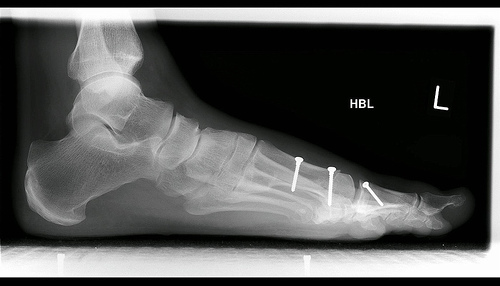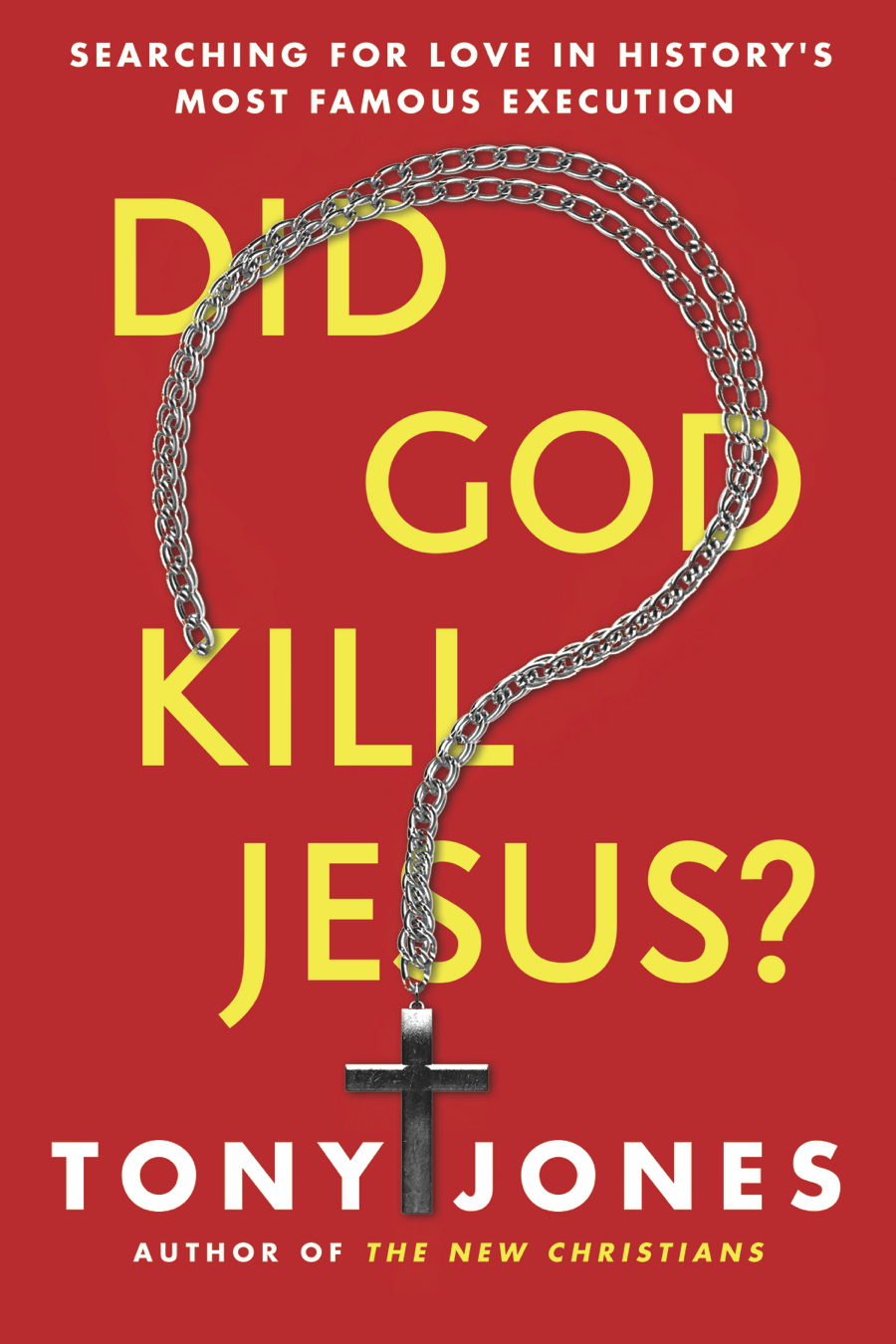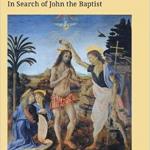This week, Scot Miller is blogging about Robert Gagnon’s book, The Bible and Homosexual Practice: Texts and Hermeneutics, which many readers of this blog are sure will convince Scot and me that we’re wrong about the gays. -TJ
Robert A. J. Gagnon, Associate Professor of New Testament at Pittsburgh Theological Seminary, has impressive academic credentials: a B.A. from Dartmouth, M.T.S. from Harvard Divinity, and Ph.D. from Princeton Theological Seminary. But I have seen few scholarly works written by one author that is as impressive as his massive work, The Bible and Homosexual Practice: Texts and Hermeneutics (2001). (All page references are to this book.)
And by impressive work, I mean the entire book is 520 pages long — and it would have been longer, if the extensive discursive footnotes had not been printed smaller font. The list of abbreviations used in the book for ancient texts, journal titles, and major reference works is eleven pages long. The twenty-five page index listing his references to 472 different contemporary authors (by my count) and to numerous ancient texts. I was surprised that the book lacks a bibliography, but it probably would have added at least 30 more pages to the length of the book.
Given the magnitude of the book, it is obvious that Gagnon is more than a little concerned with the growing tolerance for homosexual practice both in society and in the church. Acceptance of homosexual practice is not only a threat to “intellectual integrity [and] free speech,” but also threatens to make “a potentially irreversible change in the morality of mainline denominations … in this vital area of sexual ethics” (p. 35).
Gagnon is writing to offer a comprehensive, exhaustive, and definitive account of the biblical and theological message that homosexual practice is a sin. It should be the “go-to” book for anyone interested in defending the sin of homosexual practice against those who would “reinterpret” scripture or offer theological justifications for tolerance of LGBTQ practices.
Throughout the book, Gagnon is careful to distinguish between homosexual orientation and homosexual practice. According to him, the Bible has little interest in sexual urges as such, but with what one does with those urges (p. 38). This distinction permits him to show compassion and love toward the person with same-sex attraction or orientation (since having homosexual attraction is not a sin), while strongly condemning those who act on that attraction (since engaging in homosexual practice is a sin; see pp. 35-36, 489-93).
As the subtitle of the book suggests, Gagnon intends to establish that the biblical texts unequivocally regard same-sex intercourse as a sin, and he wants to refute all theological arguments and interpretations that would override the unequivocal authority of the Bible on this matter (p. 37).
This post will focus on Gagnon’s discussion of the biblical evidence.
Chapters one through four discuss the Bible’s message about homosexual practice in the witness of the Old Testament (ch. 1), in early Judaism (ch. 2), in the witness of Jesus (ch. 3), and in the witness of Paul and Deutero-Paul (ch. 4). These chapters makeup about a third of the book, and address the “usual suspects” in the debate: the creation stories (Gen. 1-3), Sodom and Gommorah (Gen. 19:4-11), the Levitical Law (Lev. 18:22, 20:13), the case of Jonathan and David, as well as the New Testament passages in Rom. 1:24-27, 1 Cor. 6:9, and 1 Tim. 1:10. The creation story is especially important to Gagnon, since it presents a normative pattern of “the complementarity of male and female” which is the basis of the objection to homosexual practice (p. 40).
Since I can’t possibly begin to address all of his arguments, let me make some positive observations about the first four chapters of his book.
I was pleasantly surprised that Gagnon accepts the idea that the Pentateuch was not written by Moses, but rather constructed by editors who combined stories written by different authors or schools (p. 56-57). I was also interested to see that he accepted the idea that 1 Timothy was probably not written by Paul, but is a “Deutero-Pauline” text (p. 303). Moreover, he acknowledges that the Bible is not always uniform in its teachings: “For example, on the question of divorce, there are New Testament authors that moderate Jesus’ [radical] stance” (p. 442).
I think Gagnon wants to be taken seriously in the community of biblical scholars, so he is willing to accept hypotheses which may surprise and shock some believers. His position on homosexual practice may be a minority view in the academy, but he still wants to be taken seriously in the academy.
(Given the complicated history behind the biblical text which Gagnon accepts, I wish that he’d be more interested in the differences between texts rather than looking for unequivocal continuity between the texts.)
Without a doubt, Gagnon makes a logically consistent and coherent argument that the biblical texts hold homosexual practice to be a sin. His argument is supported by knowledge of the ancient literature and languages, and he offers lengthy rebuttals to scholars who argue, for example, that the Bible is really concerned with the sin of abusive sexual practices by male temple prostitutes, and not the “loving relationship” of a same-sex couple.
I do think that he overstates the strength of some of his conclusions, however. I’ll explain what I mean in my next post.











